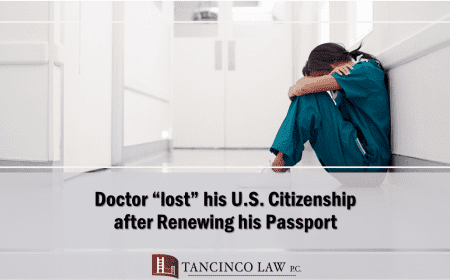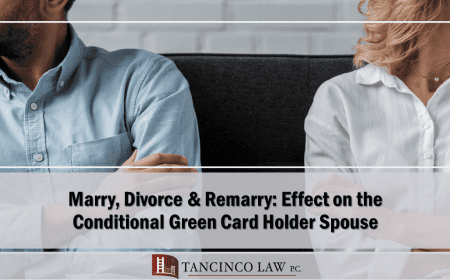Our troubled economy continues to drag more people into bankruptcy court where the number of filings in March of this year reached its highest level since October of 2005 when a new law made it more harder to file. As job losses continue to climb, foreclosure and bankruptcy filing are expected to rise as well.
There was an average of 5,945 bankruptcy petitions filed each day in March, which is up around 38 percent compared with a year earlier. A total of 130,759 people filed for bankruptcy in March.
Recently, one of the most common questions I get from our bankruptcy practice is the question of whether or not a foreclosure can be prevented by the filing of a bankruptcy petition.
The quick answer is that the filing of a bankruptcy petition, with very few exceptions, will automatically stop foreclosure proceedings. The automatic stay protections of the bankruptcy code will stop foreclosure in most cases.
The question, however, that most clients fail to follow-up on is the question of how long the bankruptcy petition will stop foreclosure proceedings ? The answer is: “It depends”.
In a Chapter 7 filing, the stopping of foreclosure is a temporary situation wherein the foreclosure can be delayed for a few months. After the filing of a Chapter 7 petition, the creditors normally file a motion to lift the automatic stay protection that is usually granted by bankruptcy judges. Thereafter, creditors can proceed to foreclose on the property. Thus, pending the filing of the motion and the order of the judge lifting the automatic stay, the homeowner may get a few months delay in the foreclosure.
In a Chapter 13 filing, however, the foreclosure process can be permanently stopped if the debtor comes up with a feasible plan which is confirmed by the Bankruptcy court. To propose such a plan, the debtor must show that he has the ability to maintain current mortgage payment and provide an additional amount to catch up payment on the arrears within a 3 to 5 year period.
This may seem hard to do as the homeowner will now have to pay not only for the regular monthly mortgage but also has to come up with an additional amount for the arrear payments. There are, however, options granted under Chapter 13 that would make this easier. This is because in most Chapter 13 cases filed these days, the second mortgages will be eliminated from the property as a result of negative equity. This is known as “lien stripping” and the amount saved from the elimination of the second lien can be used to fund the arrear payments.
For example: a homeowner bought a house in 2007 for $850,000 with a first deed of trust from Bank of America for $600,000 and a second mortgage with Countrywide for $200,000. Suppose the house value now in 2009 dropped to only $590,000. In a Chapter 13 filing, you can avoid an undersecured lien on your personal residence. This results in the homeowner having a house valued at $590,000 with a first deed of trust for $600,000. The $200,000 second lien with Countrywide is now eliminated from the property and is treated as an unsecured creditor same as the other unsecured credit card obligations.
Thus, when the debtor emerges after bankruptcy in 5 years, the debtor can be essentially debt free: having eliminated all unsecured obligations like credit card bills, eliminated the second mortgage, and, paid up all the arrears of the first mortgage. The only obligation left for the debtor will be the mortgage payment on the first deed of trust on the primary home. Chapter 13 bankruptcy filing makes this possible.
Bankruptcy is clearly a powerful ally to have. In these tough economic times, homeowners need to know need to explore all possible options to save their homes and stop foreclosures.
(DISCLAIMER: material presented above is intended for informational purposes only. It is not intended as professional advice and should not be construed as such. Rey Tancinco is a partner at Tancinco Law Offices, a professional corporation with offices in San Francisco, Vallejo, and Manila. The law office website is at: tancinco.weareph.com/old. Rey Tancinco can be contacted at (800) 999-9096 or (415) 397-0808 or via email at: attyrey@tancinco.com.)




